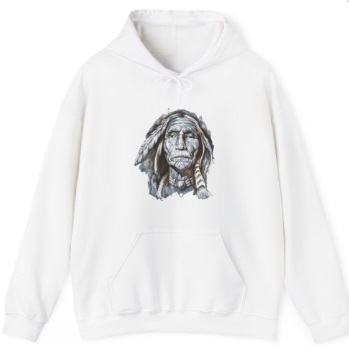Kicking Bear aka: Matȟó Wanáȟtake ( 1846? – 1904)
Kicking Bear, also known as Matȟó Wanáȟtaka, was a Lakota Sioux spiritual leader and a key figure in the Ghost Dance movement of 1890.
He was born around 1846 near Pine Ridge, in what is now southwestern South Dakota, into the Oglala band of the Lakota. He was a nephew of Sitting Bull and a cousin of Crazy Horse, both of whom would become famous Lakota leaders.

Kicking Bear became a chief of the Miniconjou band of the Lakota by marrying a daughter of Chief Sitanka. He fought against U.S. troops in the War for the Black Hills (1876–77), including the Battle of the Little Bighorn.
In 1889, Kicking Bear traveled to Nevada with another Lakota leader, Short Bull, and learned the new Ghost Dance religion from Wovoka, its founder. Wovoka taught that performing Ghost Dance ceremonies would bring Native ancestors back from the dead, make white settlers disappear, and restore traditional Native ways of life.
Read Also: Chief Iron Tail (1842-May 29, 1916) Oglala Lakota
When Kicking Bear returned home, Sitting Bull asked him to demonstrate the Ghost Dance on the Standing Rock Reservation.
White officials were alarmed by the Ghost Dance movement, believing it could be the start of a Native uprising. Government efforts to stop the Ghost Dance led to the massacre of more than 200 Lakota at Wounded Knee by U.S. soldiers in December 1890.











